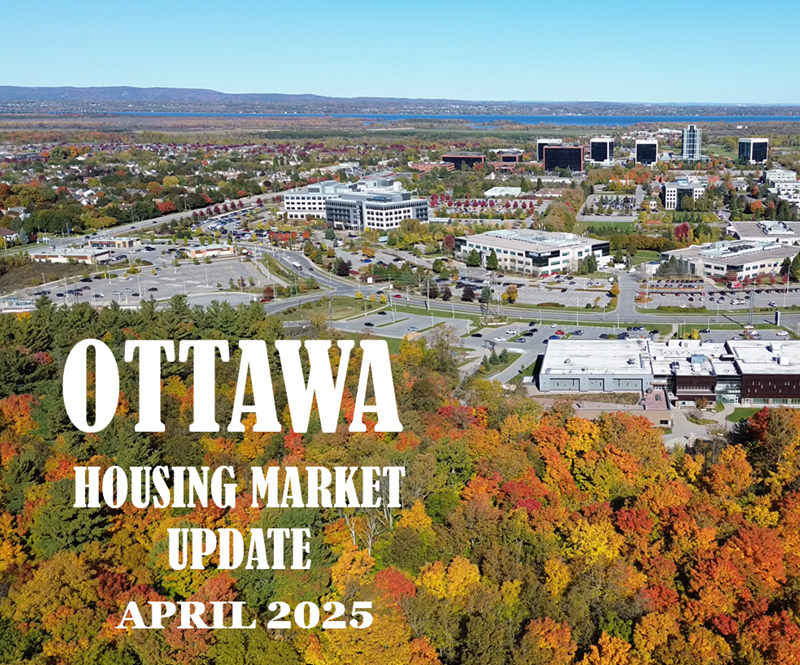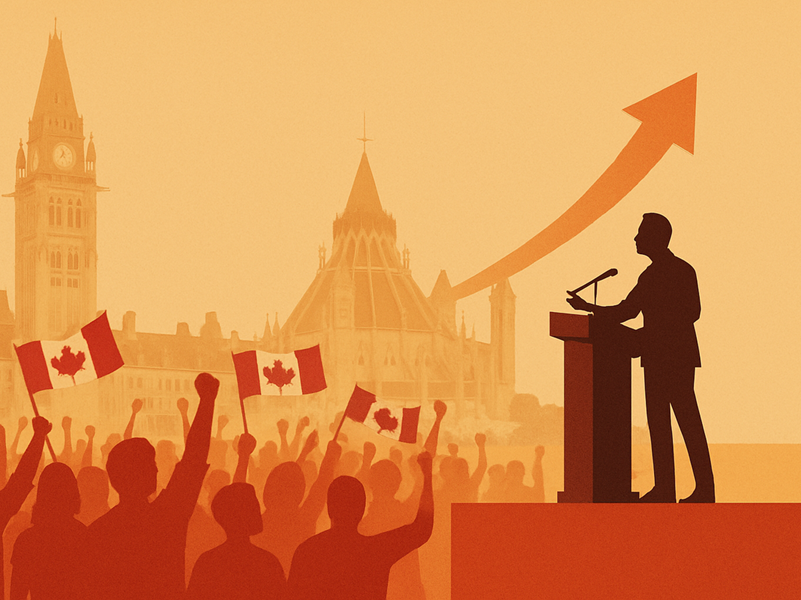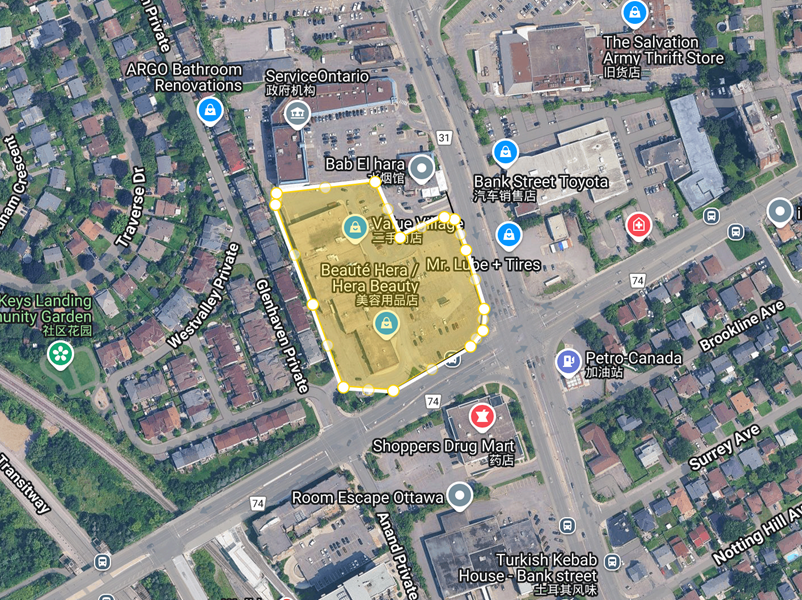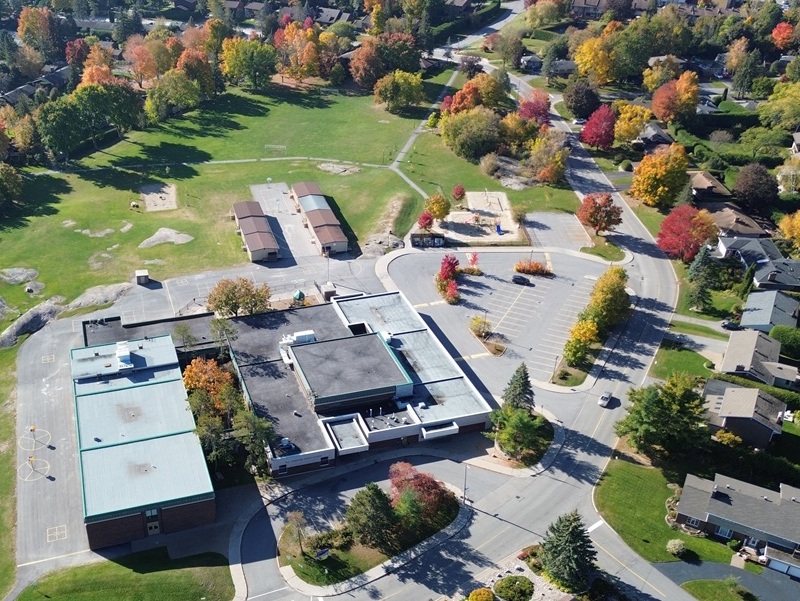
With the election now decided and the Liberal Party under Mark Carney securing a mandate to govern, Canadians are turning their attention to what comes next—particularly in the housing market. Carney and the Liberals framed housing as a foundational economic and social issue, emphasizing the need for federal leadership to expand affordability, increase supply, and modernize development systems. With the Liberals now in power, it's an important moment to look back at the housing policies the Liberals championed during the campaign—policies that could soon reshape the housing landscape. Observers across the country will be watching closely to see how these proposals are implemented, and what their real-world impact will be on affordability, availability, and long-term housing stability.
At the heart of the Liberal housing strategy is the planned reintroduction of the Multi-Unit Rental Building (MURB) tax incentive, a program that helped drive a rental construction boom in the 1970s. By reviving it, the government hopes to spark similar interest in purpose-built rental development and ease the pressure on rental supply.
Another major commitment is to cut municipal development charges by 50% for five years on multi-unit housing projects—aimed at lowering costs for builders and ultimately improving affordability. For first-time home buyers, the Liberals pledged to eliminate the GST on homes under $1 million, providing targeted support for families trying to break into competitive markets.
To speed up construction, the government plans to provide over $25 billion in financing to prefabricated housing manufacturers who leverage Canadian materials like mass timber. This approach aims to encourage more efficient and sustainable homebuilding methods.
A standout initiative is the creation of Build Canada Homes (BCH), a federally backed housing developer that will build affordable housing—particularly on public lands—and disburse $10 billion in low-cost financing to non-profit and affordable housing providers. In a March 10, 2025 report by The Guardian, Carney emphasized the importance of addressing housing affordability, stating, "We must focus on the things we can change. We are the stewards of our own homes." This statement signals his commitment to making housing reform a central policy priority, and suggests that initiatives like BCH may be top of mind in the government's execution plan.
Recognizing the dual challenges of affordability and climate change, the Liberals also committed $1 billion to help households adopt electric heating and cooling systems and improve resilience to extreme weather.
The platform includes a strong focus on workforce development:
a. Doubling funding for union-led training programs to $50 million
b. Investing $20 million in new college training spaces
c. Offering up to $10,000 to employers for each apprentice hired
The Liberals also promised to reduce interprovincial barriers that limit skilled tradespeople from working across Canada.
They will also require that major federally funded construction projects include commitments to hire apprentices and recent graduates—ensuring that the next generation of Canadian workers is directly involved in solving the housing crisis.
Other key housing measures include:
a. Reforming national building codes and inspections for greater efficiency
b. Promoting modular housing through standardized designs and streamlined approvals
c. Investing in deeply affordable and mental-health-related housing
d. Partnering with Indigenous communities to expand housing in northern regions
Taken together, these proposals signal an assertive federal return to the housing space. As Carney said during the campaign, "Markets alone will not solve the housing crisis; leadership must." With the election behind us, attention now turns to whether the new Liberal government can deliver on its promises.
What Comes Next?
Now that the campaign is over, the implementation phase begins—and scrutiny will follow. Canadians will be watching closely to see whether ambitious pledges can be turned into real results, especially in cities like Toronto, Vancouver, and Ottawa where affordability remains critical.
Responsibility for turning these ideas into action will fall to Minister Gregor Robertson, the newly appointed Minister of Housing, Infrastructure and Communities. A former mayor of Vancouver and longtime advocate for sustainable urban development, Robertson is known for spearheading initiatives like the Greenest City 2020 Action Plan and tackling affordability at the municipal level. His federal appointment signals the Liberals' intent to bring experienced, city-focused leadership to national housing policy.
As the government begins its term, the question remains: will these housing plans transform Canada's real estate landscape—or become another case of political overpromise? Canadians, especially renters and first-time buyers, will be watching—and waiting.
Information source: Canadian Real Estate Association – CREA Café







